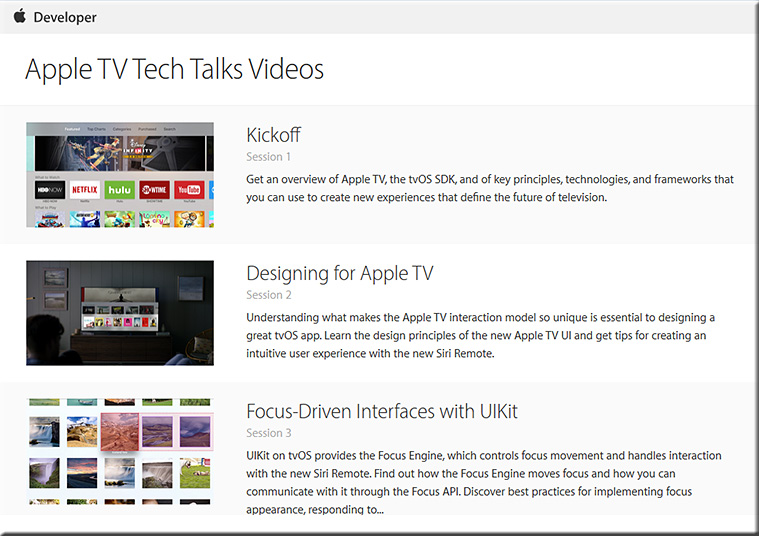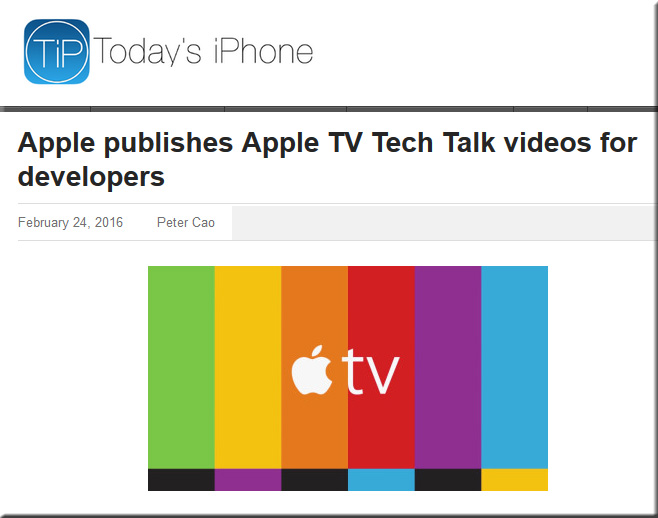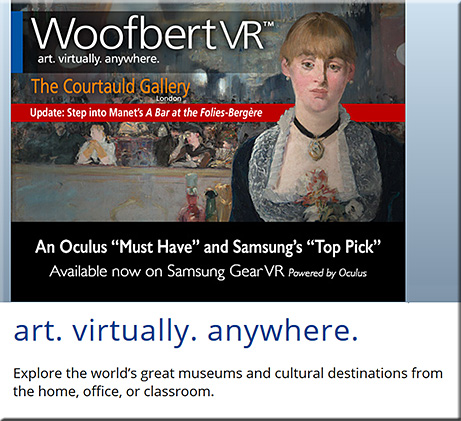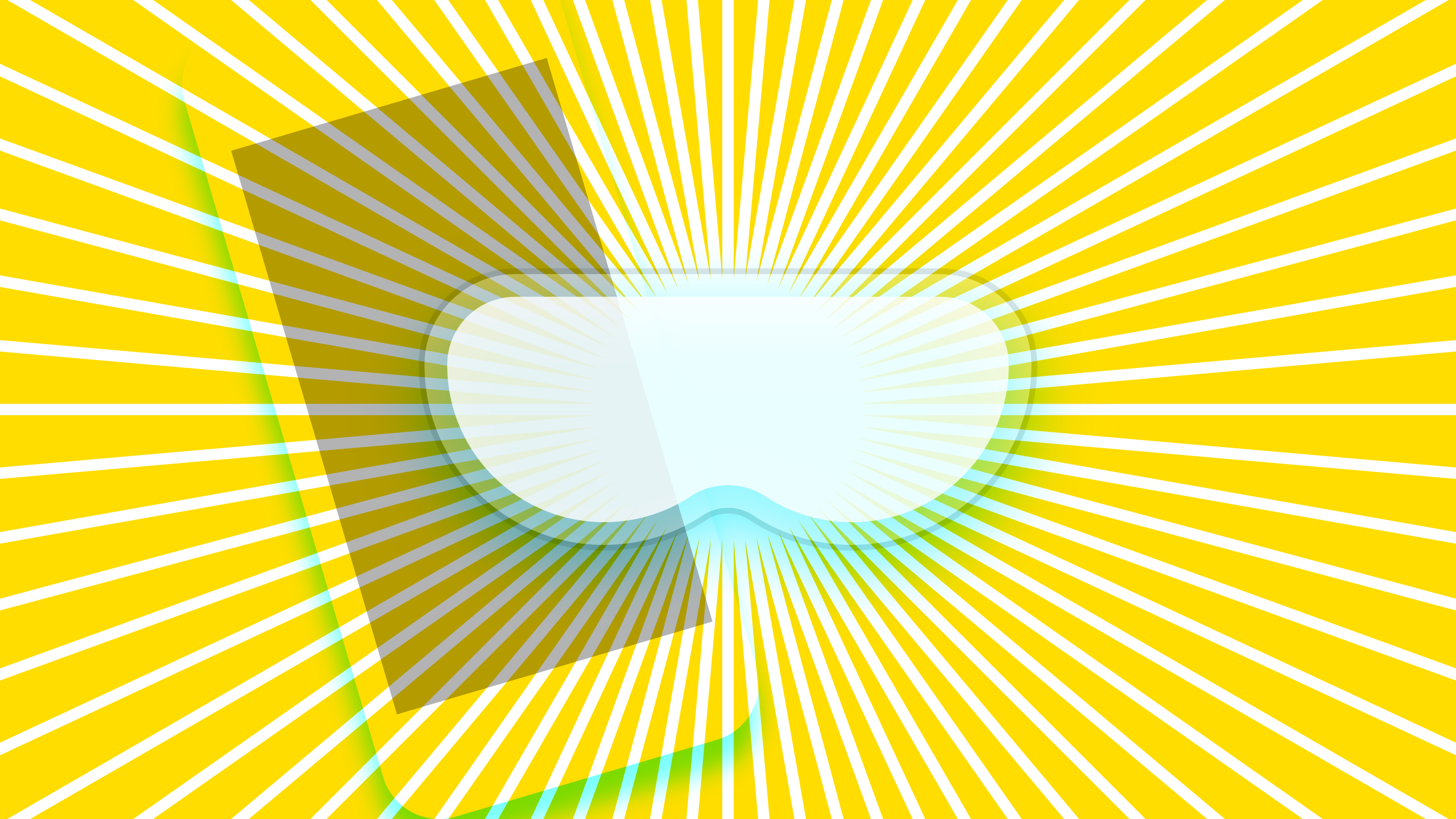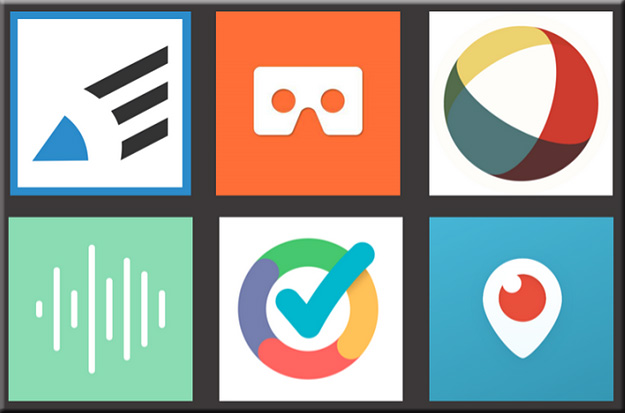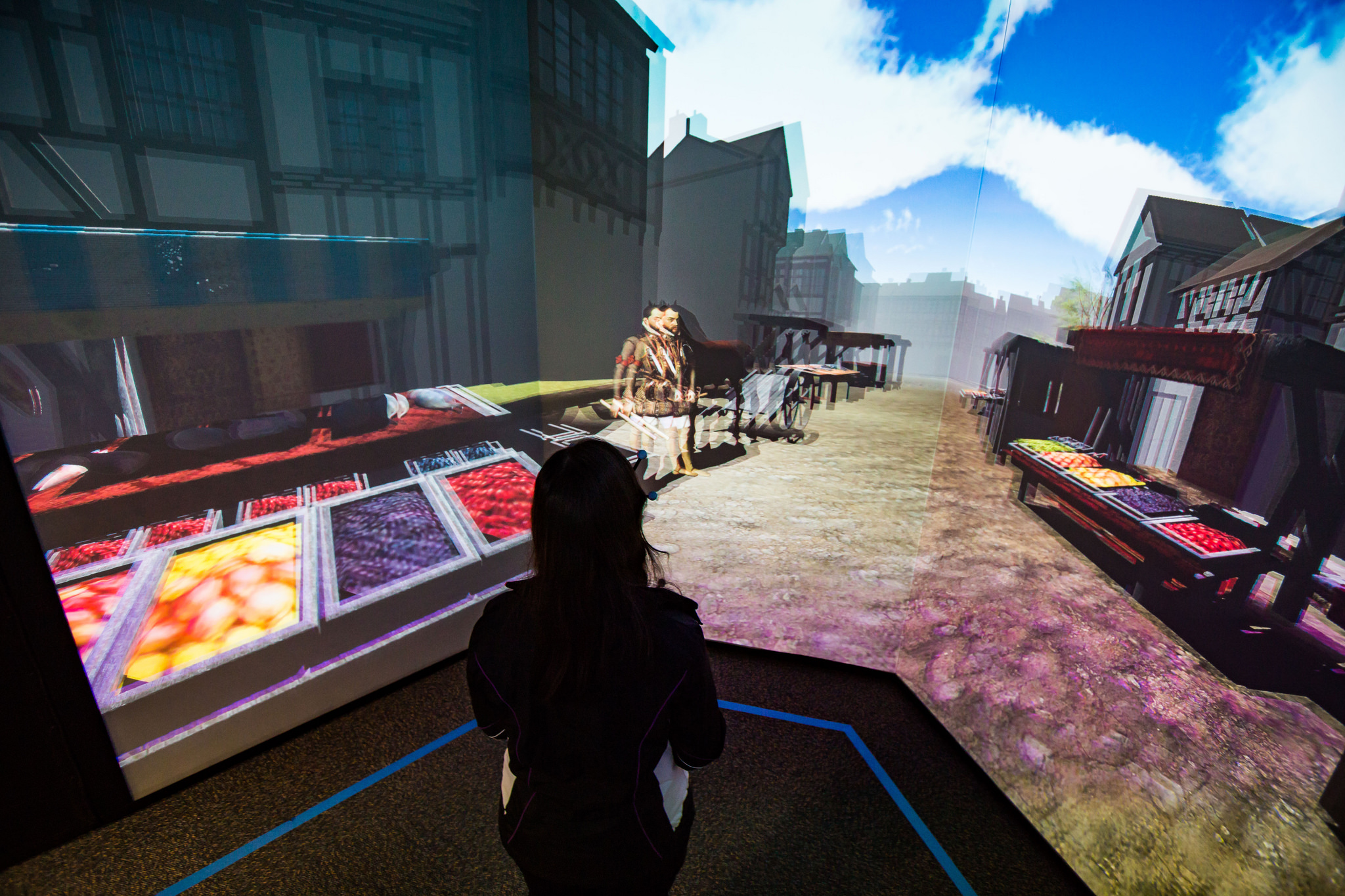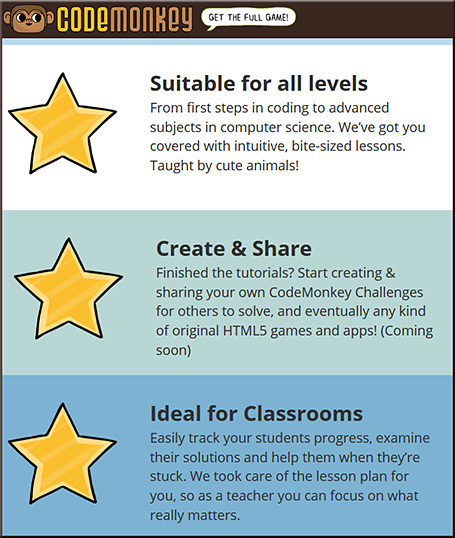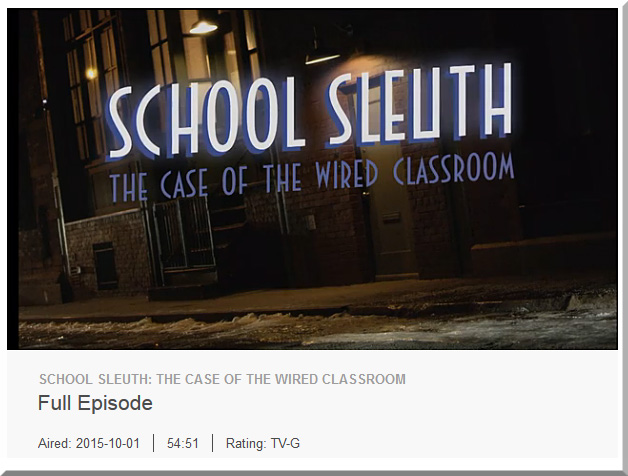From Apple:
- Apple previews iOS 10, the biggest iOS release ever
Introduces Massive Update to Messages, New Home App, All-New Photos, Music and News & Opens Siri, Maps, Phone and Messages to Developers - Apple previews major update with macOS Sierra
Use Siri on the Mac, Access Your Desktop from Anywhere, Copy and Paste Between Devices & Rediscover Favorite Memories in Photos - Powerful new Siri capabilities and single sign-on are coming to Apple TV
- Apple previews watchOS 3; faster, simpler with breakthrough health features
- Swift Playgrounds app makes learning to code easy and fun
New iPad App Teaches Coding Concepts & Encourages Creative Experimentation
These are Apple’s big announcements from WWDC 2016 — from imore.com by Joseph Keller
Excerpt:
Apple made several interesting announcements today during its WWDC 2016 keynote. Here are the major announcements from the event.
- iOS 10 — the big focus with this release is on Siri.
- macOS Sierra — The next version of Apple’s operating system for desktops and laptops is dropping the ‘X’, opting instead for the new ‘macOS’ branding. With macOS, Siri makes its debut on Apple’s traditional computers for the first time.
- watchOS
- tvOS — The next major version of the Apple TV’s software will offer single sign-on for cable logins, along with its own dark mode. There will also be a number of Siri enhancements, as well as improvements for watching live TV.
Highlights from Apple’s WWDC 2016 Keynote — from fastcompany.com
From Messages to Music, and Siri to Apple Pay on the web, here are the most important announcements from Apple’s event today.
Apple launches Swift Playgrounds for iPad to teach kids to code — from techcrunch.com by Frederic Lardinois
Excerpt:
Apple today announced Swift Playgrounds for the iPad, a new project that aims to teach kids to code in Swift.
When you first open it, Swift Playground presents you with a number of basic coding lessons, as well as challenges. The interface looks somewhat akin to Codecademy, but it’s far more graphical and playful, which makes sense, given that the target audience is kids. Most of the projects seem to involve games and fun little animations to keep kids motivated.
To make coding on the iPad a bit easier, Apple is using a special keyboard with a number of shortcuts and other features that will make it easier to enter code.
Also see:
What’s new in iOS 10: Siri and Maps open to developers, machine learning and more — from arc.applause.com
Excerpts:
The biggest news for Siri from the WWDC keynote: Apple’s assistant is now open to third party developers.
…
Apple is now opening Siri to all of those potential interactions for developers through SiriKit. Siri will be able to access messaging, photos, search, ride booking through Uber or Lyft etc., payments, health and fitness and so forth. Siri will also be incorporated into Apple CarPlay apps to make it easier to interact with the assistant while driving.
Photos is getting a machine learning boost and automatic ‘Memories’ albums — from imore.com by Dan Thorp-Lancaster
Excerpt:
Speaking at WWDC 2016, Apple announced that it is bringing the power of machine learning to the Photos app in iOS 10. With machine learning, the Photos app will include object and scene recognition thanks to what Apple calls “Advanced Computer Vision.” For example, the app will be able to automatically pick out specific animal, features and more. Facial recognition is also available, all done locally on the iPhone with automatic people albums.
Home is a new way to control all of your HomeKit-enabled accessories — from imore.com by Jared DiPane
Excerpt:
Apple has announced its newest and easiest way to control any and all HomeKit accessories that you may have in your house: Home. With Home, you’ll be able to control all of your accessories, including Air Conditioners, cameras, door locks and other new categories. 3D Touch will be able to give you deeper controls at just a press, and notifications from these will also have 3D Touch functionality as well.
Here’s what Apple is bringing to the Apple TV — from fastcompany.com
tvOS is taking a step forward with updates to Siri, and new features such as single sign on, dark mode, and more.
Excerpt:
Less than nine months after the first version of tvOS, there are now over 6,000 native apps for the Apple TV. Of those apps, 1,300 are for streaming video. Popular over-the-top Internet television service Sling TV arrives on the Apple TV today. Live Fox Sports Go streaming will come this summer. Speaking of apps: Apple is introducing a new Apple TV Remote app for iOS that allows people to navigate tvOS using Siri from their iPhone and iPad.
…
Download apps on iPhone and get them on Apple TV
Now when you download an app on your iPad or iPhone, if there is an Apple TV version of the app, it will download to your Apple TV automatically.
tvOS 10 FAQ: Everything you need to know! — from imore.com by Lory Gil Mo
Apple iOS 10 “Memories” turns old photos into editable mini-movies — from techcrunch.com by Josh Constine
Using local, on-device facial recognition and AI detection of what’s in your images, it can combine photos and videos into themed mini-movies complete with transitions and a soundtrack.
Apple announces iOS 10 — from techcrunch.com
Apple launches iMessage Apps so third-party devs can join your convos — from techcrunch.com by Jordan Crook
Don’t brick your iPhone, iPad, Mac, or Apple Watch by installing developer betas — from imore.com by Serenity Caldwell
Excerpt:
As a reminder: You shouldn’t install developer betas on your primary devices if you want them to work.
This is our yearly reminder, folks: Unless you’re a developer with a secondary iPhone or Mac, we strongly, strongly urge you to consider not installing developer betas on your devices.
It’s not because we don’t want you to have fun: iOS 10, watchOS, tvOS, and macOS have some phenomenal features coming this Fall. But they’re beta seeds for a reason: These features are not fully baked, may crash at will, and probably will slow down or crash your third-party applications.
You already have the ultimate Apple TV remote, and it’s in your pocket — from techradar.com by Jon Porter
Apple quietly outs ‘next-generation’ file system destined for full product lineup — from imore.com by Dan Thorp-Lancaster
watchOS 3 FAQ: Everything you need to know — from imore.com by Mikah Sargent
Addendum on 6/15/16:
- Apple’s 7 Most Immediately Useful New OS Features — from fastcompany.com
Apple announced a boatload of new mobile and desktop OS features at WWDC on Monday. These are the ones that stood out.









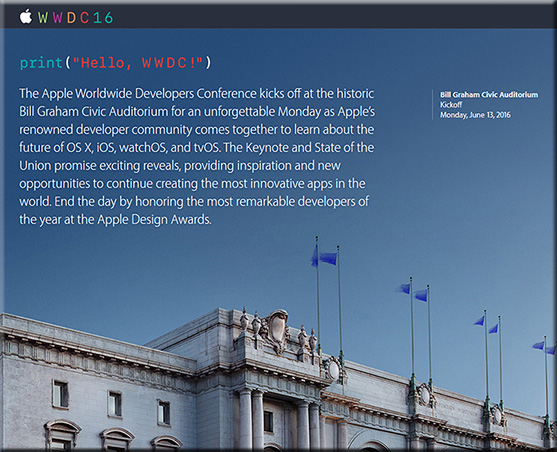
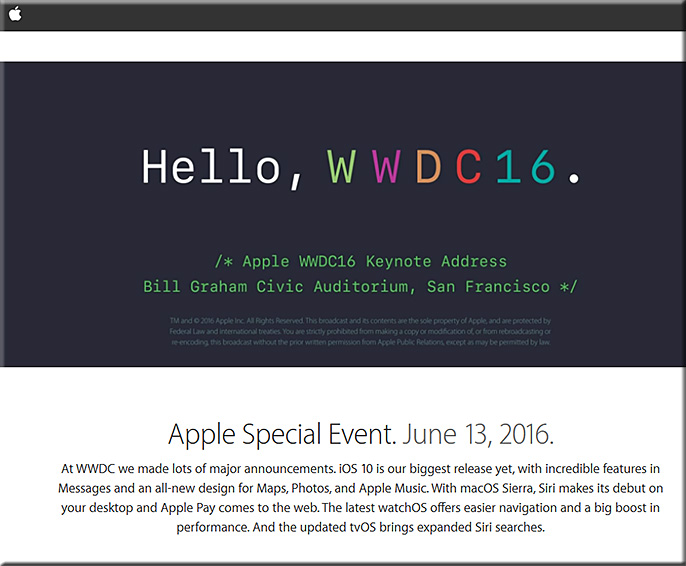

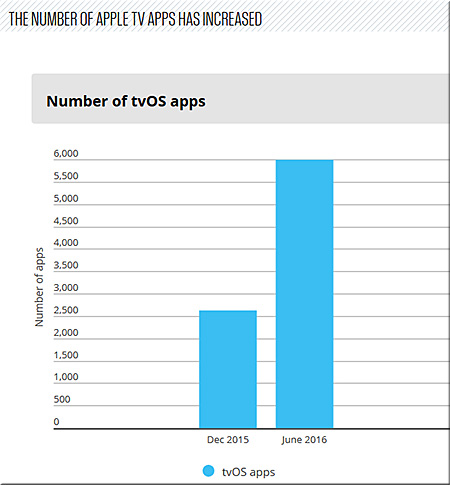
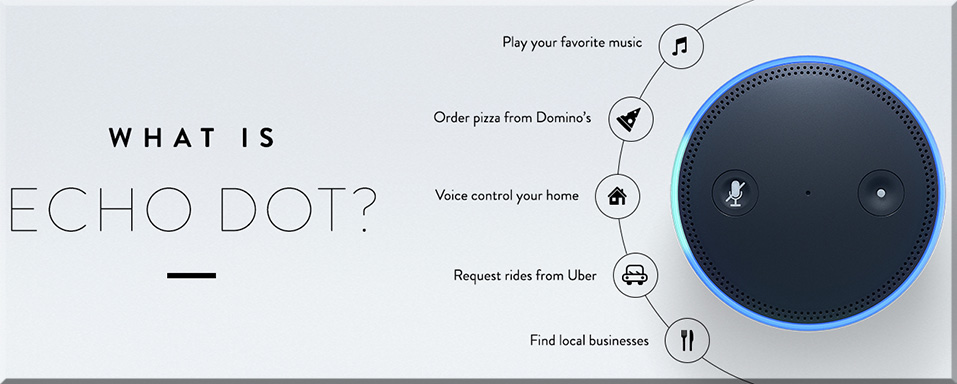

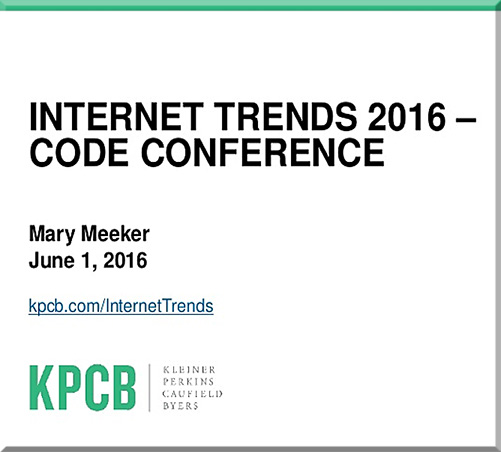
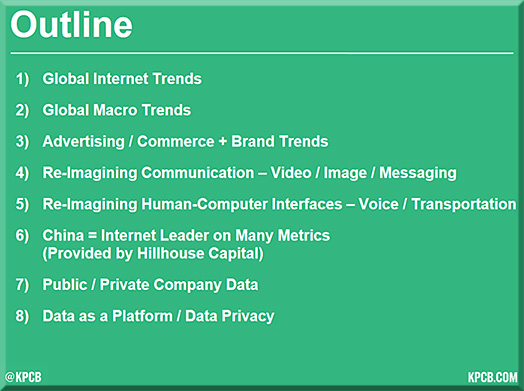

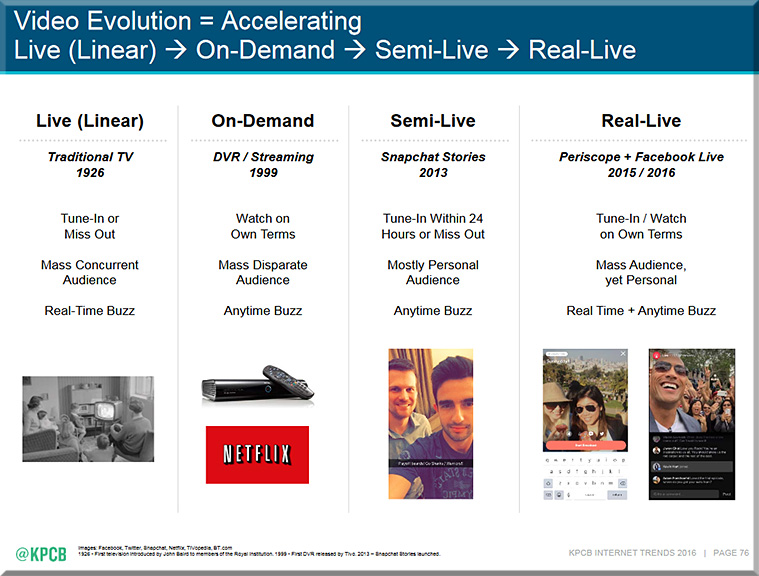
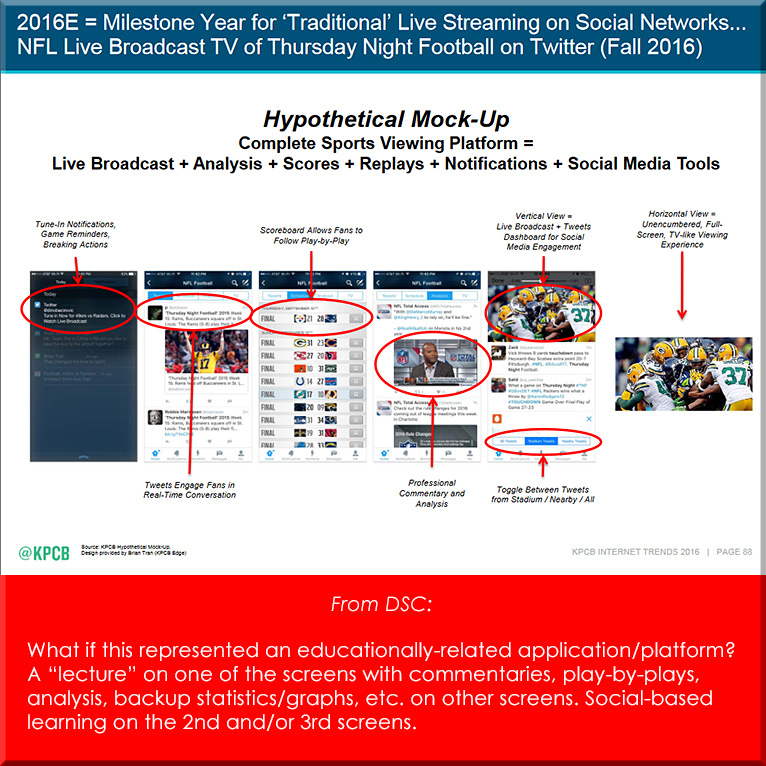
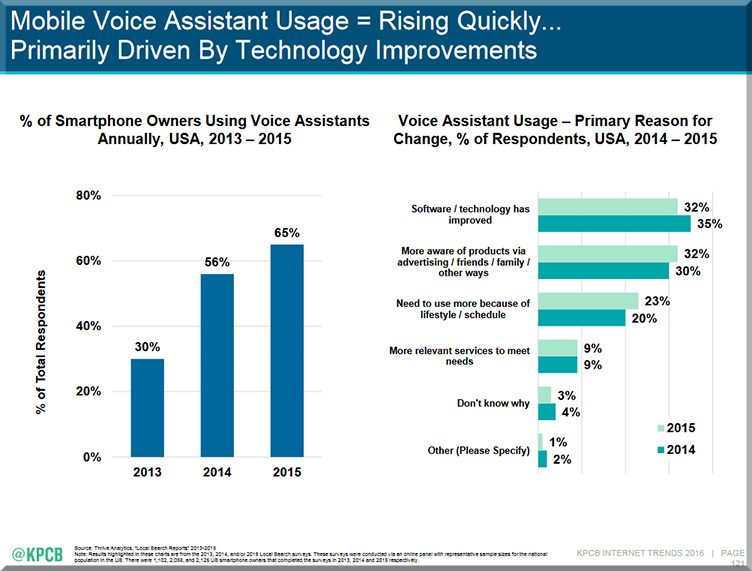
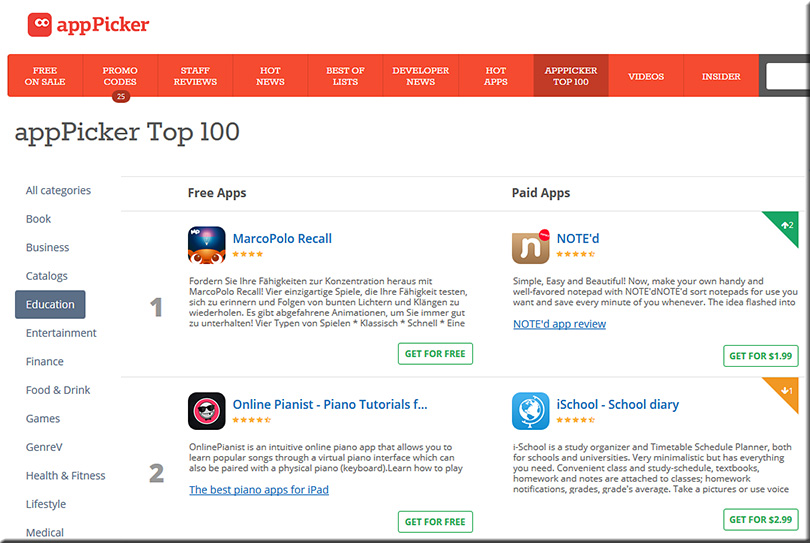

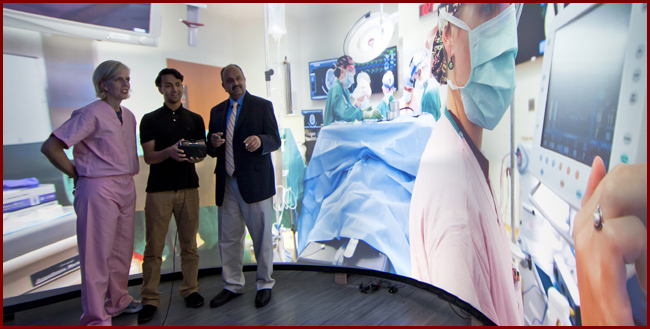
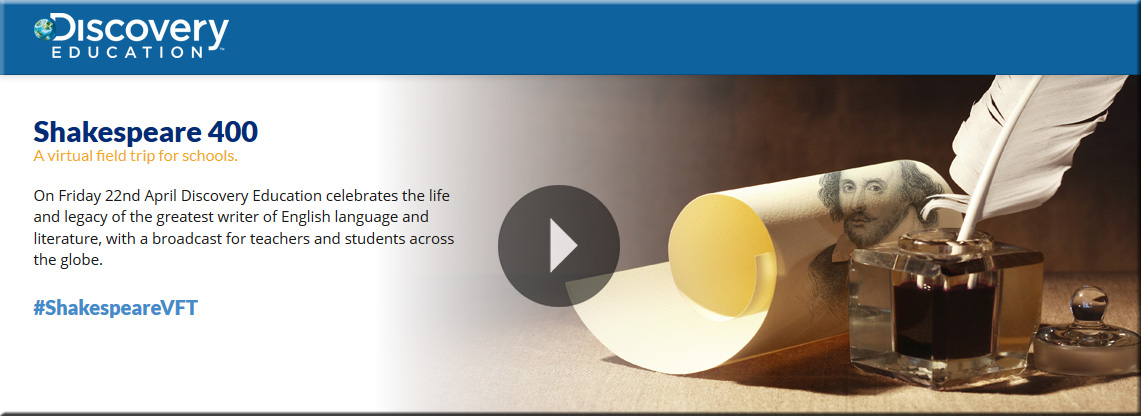
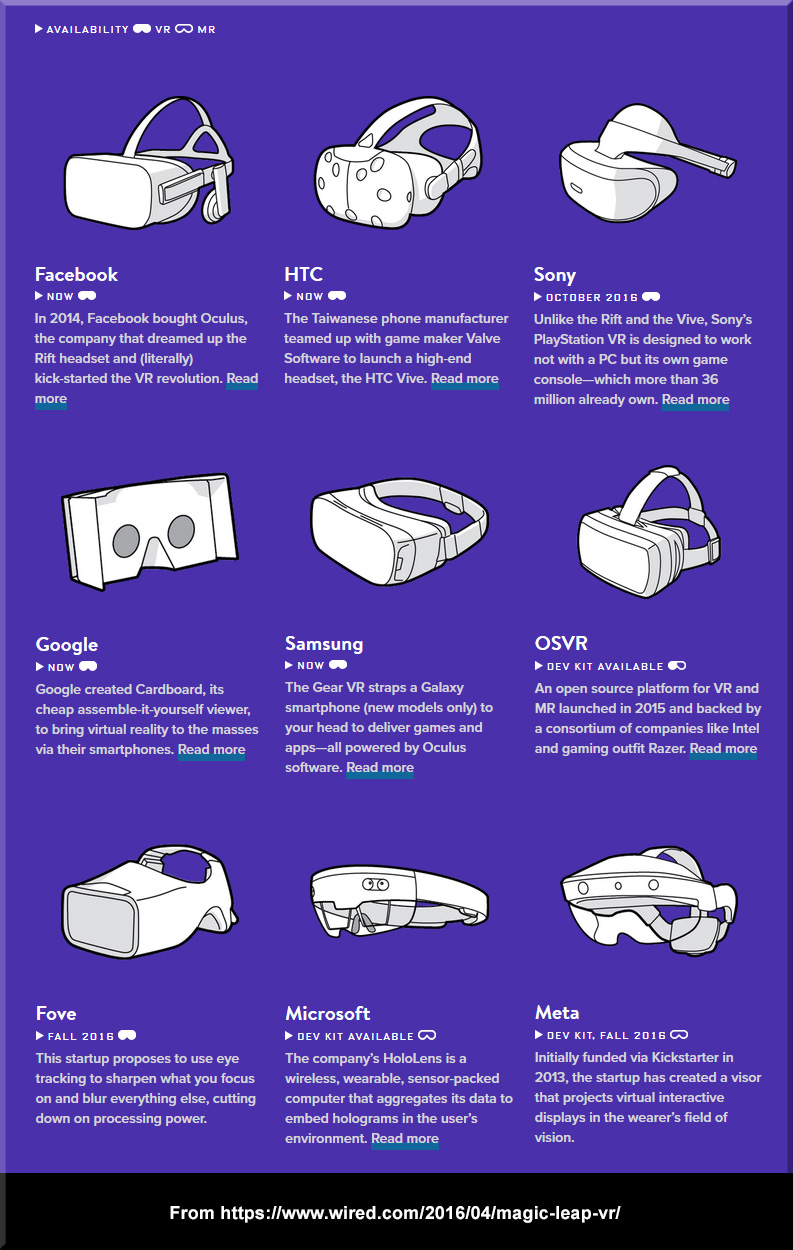

/cdn0.vox-cdn.com/uploads/chorus_asset/file/6296959/AltspaceVR_make_a_VR_call.0.png)

![The Living [Class] Room -- by Daniel Christian -- July 2012 -- a second device used in conjunction with a Smart/Connected TV](http://danielschristian.com/learning-ecosystems/wp-content/uploads/2012/07/The-Living-Class-Room-Daniel-S-Christian-July-2012.jpg)
